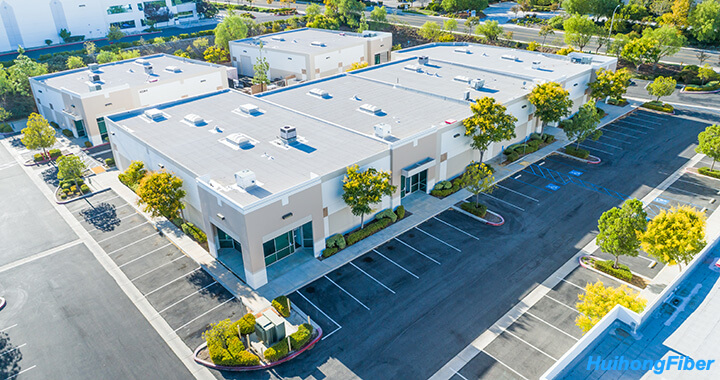We are professional FTTA cables supplier for your telecom projects. Today’s wireless carriers face many challenges, such as increased coverage and communications capacity, especially with data services. Base stations have many applications in densely populated areas and rooftop environments. Compared to traditional coaxial cable technology, fiber optic feeder deployment in installation time, device requirements, product size and many other aspects have many advantages, to save equipment investment and operating costs have a lot of help.
Today’s mobile device users rely on wireless connectivity for voice, data, and even video communications. Even homes and businesses may rely on wireless technology, especially for those who are not in urban or suburban FTTH (fibre-to-home) or FTTC (fibre-to-the-roadside) services.
Some of us now use the term FTTW as fiber wireless, because no matter what type of wireless we use, wireless relies on fiber optics for communication backbones and is increasingly connected to wireless antennas. Wireless is not completely wireless. The easiest way to learn about wireless is to think of it as a link to replace the cable that connects a cellular or wireless phone to a phone system, or to connect a computer or other portable Internet device to the network. To understand wireless, it is necessary to study several different and unique types of wireless systems, including cellular wireless phones, wireless indoor cabling, municipal or private wireless links, and even some short-range links for computer peripheral connections.
Fiber is used to connect towers, and then to connect antennas to towers because broadband does not meet consumer demand. To accommodate more bandwidth in a cellular system, use the new cellular protocol (4G, LTE, and anything next), but more antennas are needed to support more frequencies.
Therefore, a cell tower that once had three antennas for coverage can have twenty-two antennas. Increased demand for cellular bandwidth to support the rapid growth of data usage for smartphones and tablets requires upgrading towers – more bandwidth means more antennas. More antennas mean more cables on the tower. If these cables are coaxial, they mean more weight and wind resistance, possibly more than the tower’s design.
Because coaxial cables decay signals at high frequencies, RF (RF) signals require a lot of power to transmit to the tower. Today’s communication towers are being retrofitted to replace old copper coaxial cables with fiber optic cables to reduce weight and costs. As with other fiber applications, small size and light weight allow one fiber optic cable (usually also including power wires) to replace many coaxial cables
Smartphones bring the Internet to the phone, and soon data becomes the biggest traffic generator on cellular networks.
Now video is getting into these same devices, creating faster growth for cellular traffic. To accommodate this level of traffic, wireless needs a new system with more RF spectrum. Current systems (CDMA for some systems, GSM in the United States, GSM in the United States and the rest of the world) are evolving into next-generation systems (4G, LTE) with more data bandwidth. Almost from the beginning, cellular towers are connected to the telecommunications network via fiber, just like any other connection. The wireless tower has a cabin on the base, connected to a fiber-optic backbone, and connected the tower to various telephone companies. As traffic increases, the communications tower needs more antennas.


